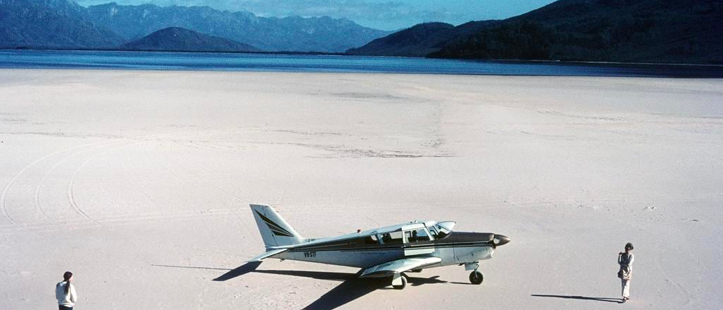16 June 2021
Danielle writes a fortnightly column for TasWeekend. This column, reproduced with the kind permission of the Mercury, was published on May 29, 2021.
Last week, and for the first time since the onset of the pandemic, I travelled off the island.
What I encountered on the other side of Bass Strait, in addition to omnipresent hand-sanitising stations, interesting mask fashions and a raft of new tracing protocols, was a significant number of people – in departure lounges, on planes – absorbed in Richard Flanagan’s new book, Toxic.
What, I wondered, as I pulled my own copy out of my carry-on bag, will be the impact of this slender little book with its devastatingly clever cover? Will the publication of this exposé of Big Salmon mark the beginning-in-earnest of yet another Tasmanian battle?
I think it might. And, while a storm is gathering force over our waterways, on the other horizon, clouds are also massing above the iconic bulk of kunanyi/Mt Wellington, where the proponents of a cable car are consistently failing to get a social licence for their dream.
Tasmanians know how these bruising battles are fought. We know their shape, and how they wedge our families, our casual conversations, our business relationships, our friendships, our loyalties.
But my short jaunt off-island reminded me why we do it.
Our past (and ongoing) fights – from Lake Pedder and the Franklin, from the forests to the pokies, from the Brighton Bypass to the Tarkine – at some level have been (and continue to be) about the same thing: the specificity of place.
When you travel in the modern world, you almost inevitably pass through spaces that the French anthropologist Marc Augé designated ‘non-place’: airports, airplanes, fast-food restaurants and highway service stops.
Like shopping malls and chain stores and coffee franchises, they are the product of modern consumerism. With their anodyne comforts and blanketing conformity, they are the opposite of unique.
Being in ‘non-place’ makes you feel unmoored, as if you could be anywhere. It also strips you of your identity: not in a way that makes you think ‘I could be anyone’, but in a way that makes you feel ‘I am nobody’.
Travelling through ‘non-place’ reminded me that when Tasmanians fight – for their lakes, for their rivers, for their trees, for their mountains, for their heritage, for their channels and oceans and beaches – we are driven by a desire to retain our uniqueness.
We are fighting against the devastation that is so often the price of monocultures – whether they are made up of radiata pine, farmed Atlantic salmon or poker machines.
We are fighting for the survival of ecosystems, endemic species and landforms not only for their intrinsic value, and not only because our health depends on our environment, but also because we are trying to hold onto who we are. Because of place. This place.
If white Australians (like me) can tune into how our identities, our practices, our cultures, our art, our food, are crafted by the specificity of all that surrounds us – landscapes, soil, fellow creatures, plant life, climate – we will begin to get the first inkling of understanding of what First Nations people have been trying to tell us all these years.
Tasmania’s fights have often been represented in terms of ‘conservation’ versus ‘progress’, but it seems to me that where real progress is needed is in the thinking of our state’s leaders.
We need our decision-makers to learn to do business without devastation, either to places, or to the communities who live in or care about those places. We need them to move beyond the cultural-cringe mentality that tells them we islanders have no option but to roll over for any big industry that shows an interest in what we have here.
It’s time, past time, to understand that ‘sustainability’ is more than just a buzzword reminiscent of a brand of breakfast cereal. We need our decision-makers to progress towards understanding that a bright, healthy future lies in authentic respect for, and careful stewardship of, this place.
Tourism Tasmania’s newest campaign – ‘The Off Season’ – demonstrates a savvy awareness of the pride Tasmanians take in the specifics of place: our landscapes, our wild weather, our difference. It relies on the fact that these features are proving increasingly attractive to the rest of Australia.
The story told by the campaign is that this is a place where couples, wearing beanies, sit in hot tubs overlooking breathtaking vistas; a place where children dance on jetties in the rain; a place where you can feast on seafood that glistens with the promise that it has been freshly lifted from a pristine ocean.
It’s a great story, and when we fight, here in Tasmania, we fight for it to be true.
Picture credit: Chris Eden
